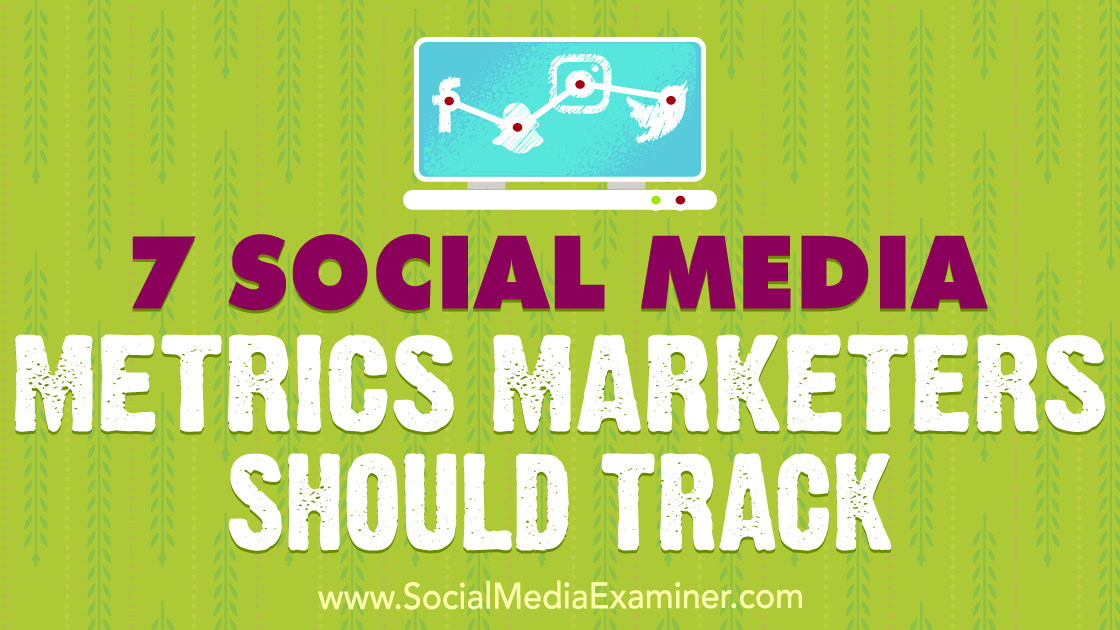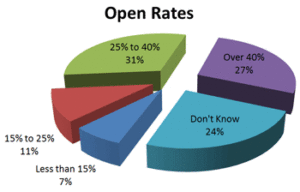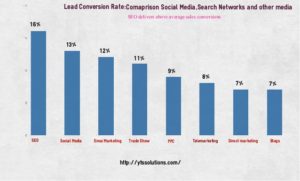One of the most obvious benefits of Social Media is increasing Brand Awareness. Social Media is the collection of online communication channels, dedicated to community-based input, interaction, content-sharing and collaboration. Websites and applications dedicated to forums, micro blogging, social networking, social bookmarking, social curation, and wikis are among the different types of social media.
If I talk about metrics, then there are hundreds of metrics that you could be analyzing. But, do you really know where to find them and are they all necessary for your business? In this post, we’re going to look at the metrics you can gather from the top social networks and which of them can reap out most of the benefits for your business.
These are:
1. Assess Discoverability via Mentions and Inbound Links:
Your posts are one of the ways to contact the right people on social media channels. The more content you disperse and distribute, the more your business shines and the easier it would be for your target audience to find you. If your follower and fan metrics are increasing, your reach is increasing too.

The number of mentions corresponds to the number of times someone has mentioned your business. This happens in different ways on different social media platforms. Perhaps someone replied on Instagram using your tag or, when someone responds to or interacts with your shared content, there’s often a mention.
If your audience is not mentioning you online, perhaps the content you’re sharing isn’t propitious with them and they’re not finding it perfect and relatable. Consider conducting few splitting tests with your audience before you choose which messages to proliferate.
If every industry is different, then your social media efforts must be different to one another in relevance to your industry, but you need to have your eyes onto audience growth strategies as well.
2. Evaluate Engagement level from Different Audiences:
You can find different engagement level of your audience through different metrics level of social media insights. Engagement can be in various form such as re-tweets, forwards to a friend, comments, likes, shares, and inbound links.

You also need to check your traffic by Google Analytics.
By analyzing the conversion rates on all of your social channels, you can determine what types of content to promote on each channel. And, this technique can work wonders.
3. Impact of Influencer Marketing:
If you want to amplify your reach on social media, then don’t forget to consider influencers. Look for the influencers who have developed something that’s relevant to your business. Influencers are not competitors but they are reaching the very target market you want to touch.

The first step is to search for the influencers who will deliver the most value to the market. Some of the good tools for influencers search are BuzzSumo, Traackr, and GroupHigh. You can use unique UTM codes to check who’s driving you the most traffic.
So, always mention the influencers for your marketing.
4. Survey your Customers:
The Net Promoter Score (NPS) helps you gauge the sentiment of your audience. To calculate your NPS, survey your customers with the following question: On a scale of 0 to 10, with 10 being highest, what’s the likelihood that you would recommend us (our company) to a friend or colleague?
Once you know the sentiment of your audience, develop a series of surveys to understand the sentiment on each social media network. By which you’ll get to know in which area you need improvement.
This technique can work the best for your weak areas, from which you can work on them and ammend them as your customers want.
5. Also,
 You can measure your spending against your goals and KPIs. The most effective content assets for measurement include blog posts, ebooks, videos, and presentations.
You can measure your spending against your goals and KPIs. The most effective content assets for measurement include blog posts, ebooks, videos, and presentations.
Start measuring the conversions from all the social media sites to see if they are paying off. Conversions include subscription metrics, registered users, and the number of leads from your social channels. You also need to understand the conversion rate from the social media network to the lead.
To consider engagements from all the platforms, you need Google Analytics.
6. At last, determine the ROI of Social Channels:
How many sales are you generating from your social media marketing?
First, you need to set the URLs for each action, due to which you’ll be able to see the metrics on different social platforms.
Also use a single-touch attribution model, which allows you to see if the lead has come from a single source of social media. If you use the multi-touch model, you’ll be able to determine if the lead came in from multiple sources.
Determine which model is best for your business and understand how the social platform is impacting revenue within the organization.

To become a shining star on social media, you need to consider these above-explained metrics. They all possess plausible importance and can empower you and your business by guiding you on the path of creating a relevant brand presence with a positive ROI.
Hope you find it effective for your social businesses too. Let me know if there can be some other metrics also, will add them next time. Please share your thoughts in the comment section below. And dont forget to subscribe to my blog!






